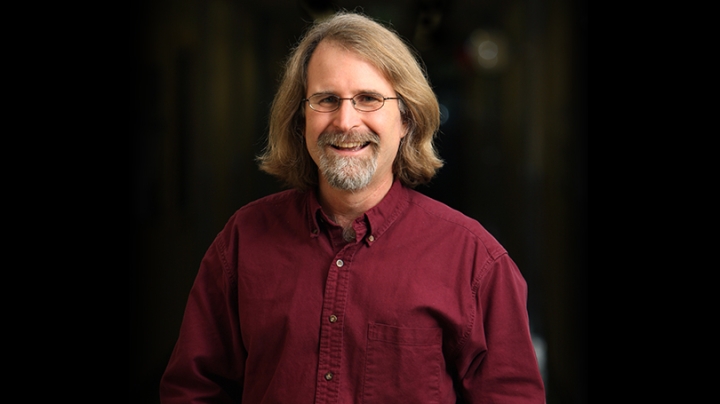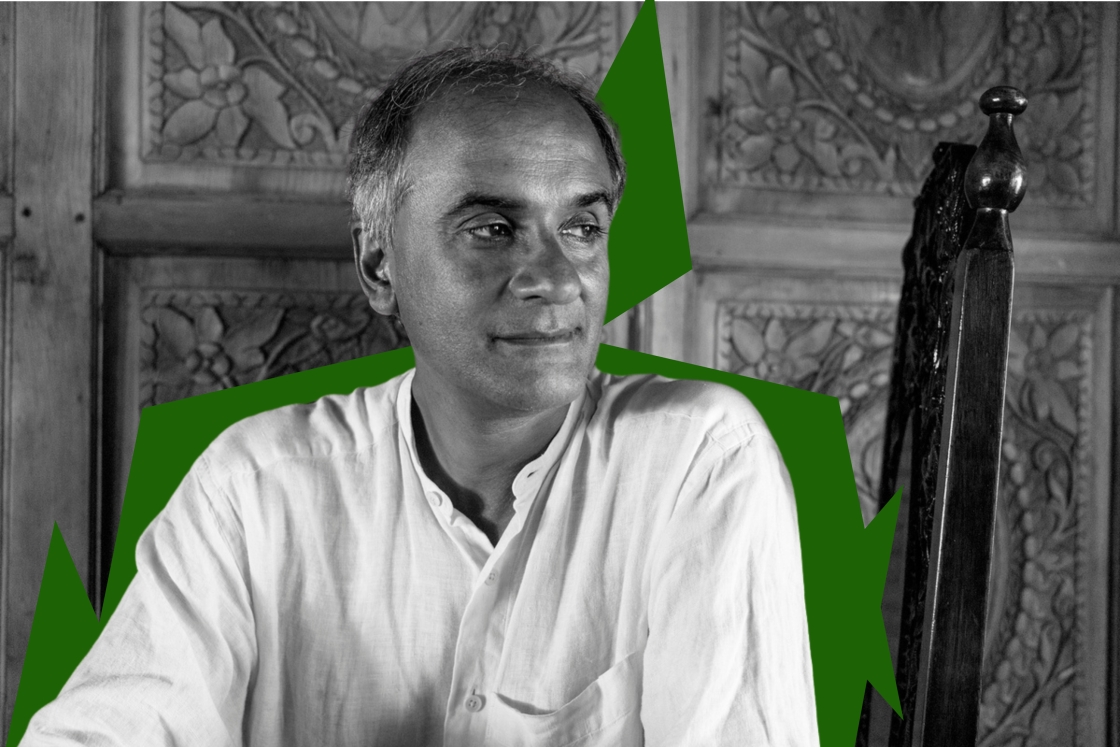An international political leader, a renowned earth scientist, and one of the most famous novelists in the world—these are just a few of the luminaries who will be on campus as Montgomery Fellows in the 2016–2017 academic year, says Klaus Milich, the program’s director.
“The Montgomery program is as strong as ever, and it’s an honor to be welcoming this next cohort of fellows to campus in the coming year,” says Milich.
Three fellows are scheduled for the fall
- Geologist David Montgomery (no relation to the program’s benefactors) arrives next week, for the entire fall term. A professor of earth and space sciences at the University of Washington and a recipient of a 2008 MacArthur “genius” grant, Montgomery’s studies of the geophysics of the evolution of landscapes is “unsettling conceived wisdom about environmental change at both the local and global levels,” from Tibet to Mars, according to the MacArthur website. His books include several works of popular science, including, most recently, The Hidden Half of Nature: The Microbial Roots of Life and Health, coauthored with his wife, biologist Anne Biklé.
- Former president of Kosovo Atifete Jahjaga will be in residence through September. The first woman president of the Balkan state, Jahjaga is extending her summer residency to engage on issues of international security with students and faculty through the John Sloan Dickey Center for International Understanding.
- Ceramicist Magdalene Odundo will be in residence during the week of Oct. 3. A Kenyan-born British sculptor, Odundo uses techniques from the ancient world to create handmade forms that have been shown in museums and galleries around the world—including the Hood Museum of Art. Odundo was an artist-in-residence in the Department of Studio Art in 2007.
In summer 2017, Booker Prize-winning novelist Salman Rushdie returns to Dartmouth as a Montgomery Fellow. The author of The Satanic Verses, Midnight’s Children, and The Moor’s Last Sight, among others, spoke to a packed Spaulding Auditorium last fall on the need to return magic to modern fiction, an event sponsored by the Office of the President and the Montgomery endowment. This year, Rushdie will be in residence for the entire term.
Other fellows this year include, among others, artist Eric van Hove, in winter 2017, and award-winning actress and performing artist Rhodessa Jones, during the week of May 1. Van Hove’s work juxtaposes traditional crafts with the forces of globalization—for example, in his perfect replica of a Mercedes-Benz engine, V12 Laraki, constructed by hand by more than 50 Moroccan artisans. The engine was on display last year at the Hood as part of the exhibition Inventory: New Works and Conversations around African Art, and in the Jaffe-Friede Gallery along with other Van Hove works, when Van Hove was artist-in-residence in the Department of Studio Art.
Jones, the co-artistic director of the San Francisco-based theater company Cultural Odyssey and founding director of the Medea Project, which brings performance workshops to incarcerated women and women living with HIV, will be on campus in conjunction with the Gender Research Institute at Dartmouth (GRID) spring seminar.
For nearly four decades, the Montgomery endowment, created by a gift from Kenneth ’25 and Harle Montgomery, has brought distinguished guests to campus to stay in the Montgomery House on Rope Ferry Road and live, work, teach, and engage with the Dartmouth community. Fellows hold the distinction for life.
Past Montgomery Fellows have included writers Chinua Achebe, Saul Bellow, Toni Morrison, Kurt Vonnegut, and Louise Erdrich ’76; political figures including Gerald Ford, Desmond Tutu, John K. Galbraith, and Lech Walesa; scientists Steven Jay Gould and Oliver Sacks; as well as filmmakers, artists, and musicians—a roster of people who have helped shape the modern era.
This year, community members will see some changes to the program, Milich says—including a new website, where visitors can find information about current and past fellows, as well as a streamlined process for nominating future ones. “We hope to make the program even more visible and relevant to the entire community as we prepare to celebrate the endowment’s 40th anniversary next year,” he says.

